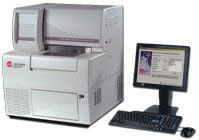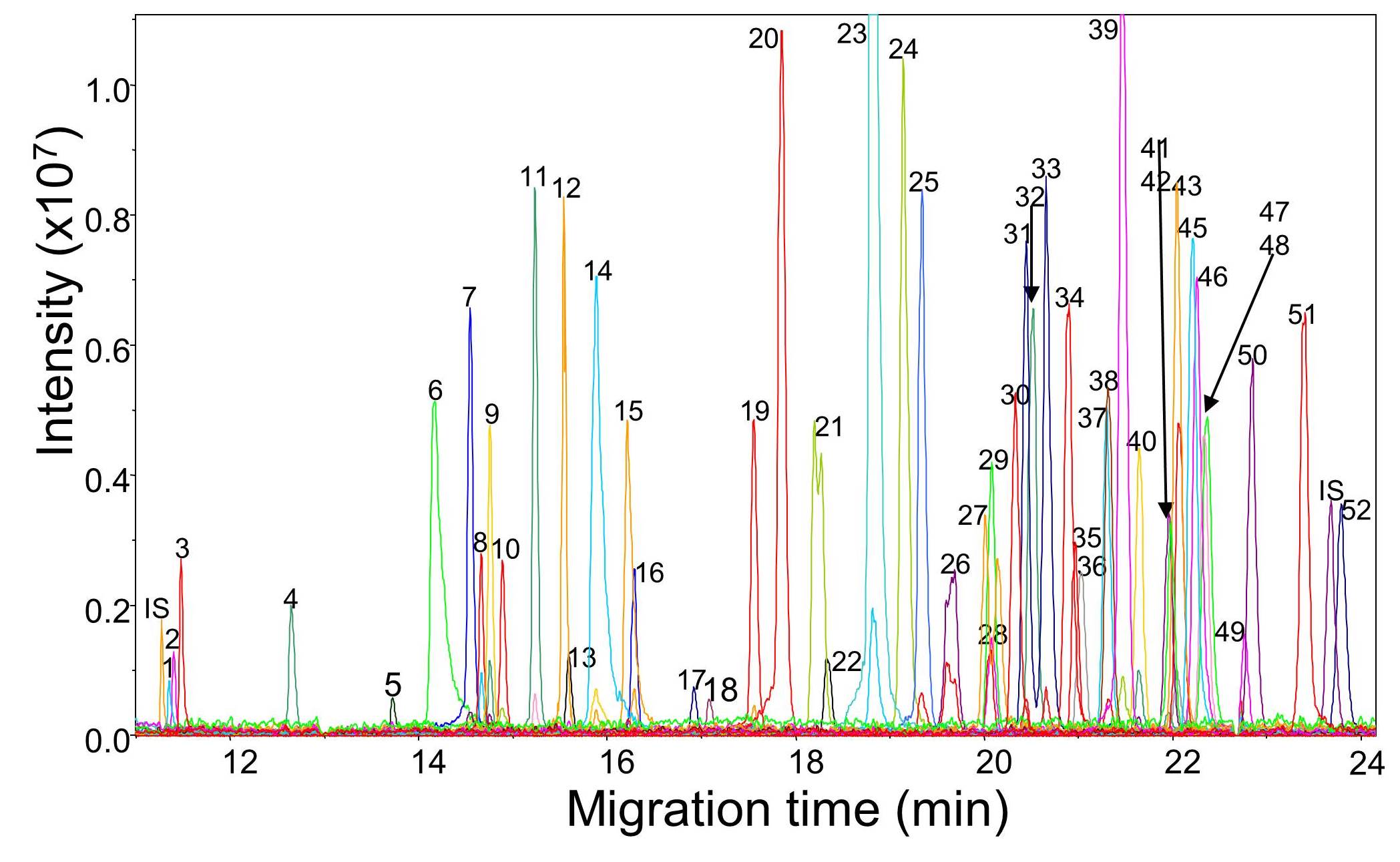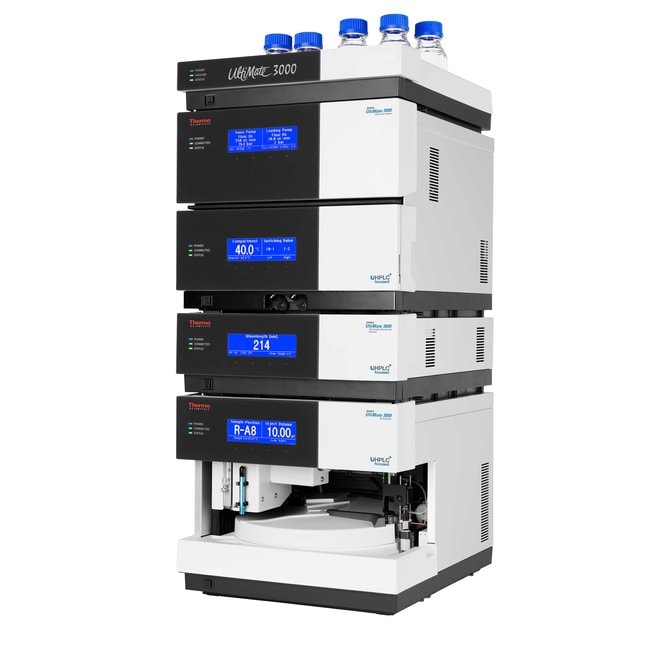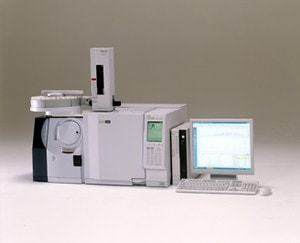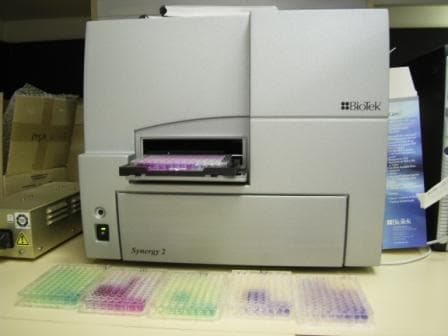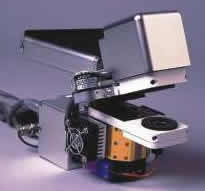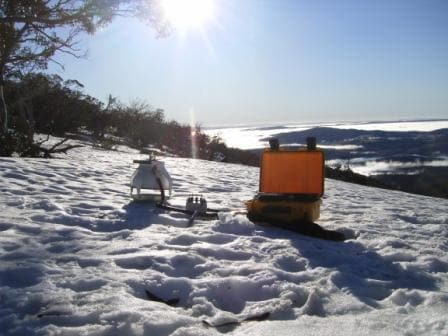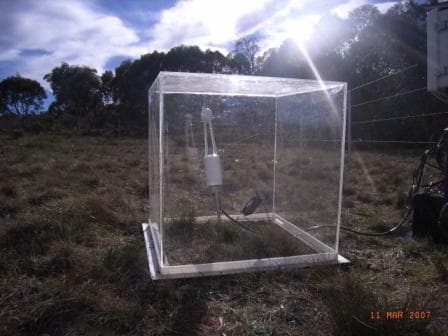Equipment and methods
Our state-of-the-art instrumentation
Analytical instrumentation, gas exchange equipment and method documentation.
Analytical instruments
Dionex Ultimate RSLC Nano-LC |
|---|
Nano-LC Specifications
|
Shimadzu QP2010plus |
|---|
Specifications
|
Current applications
|
Biotek Synergy 2 Specifications
|
- NIST (163,000 compounds by EI ionization)
- Agilent Fiehn metabolite library (~800 metabolites by EI ionization)
- In-house mass spectral library: ~200 plant metabolites most with EI, CH4-CI and NH3-CI spectra
Gas Exchange
|
|
|
|


